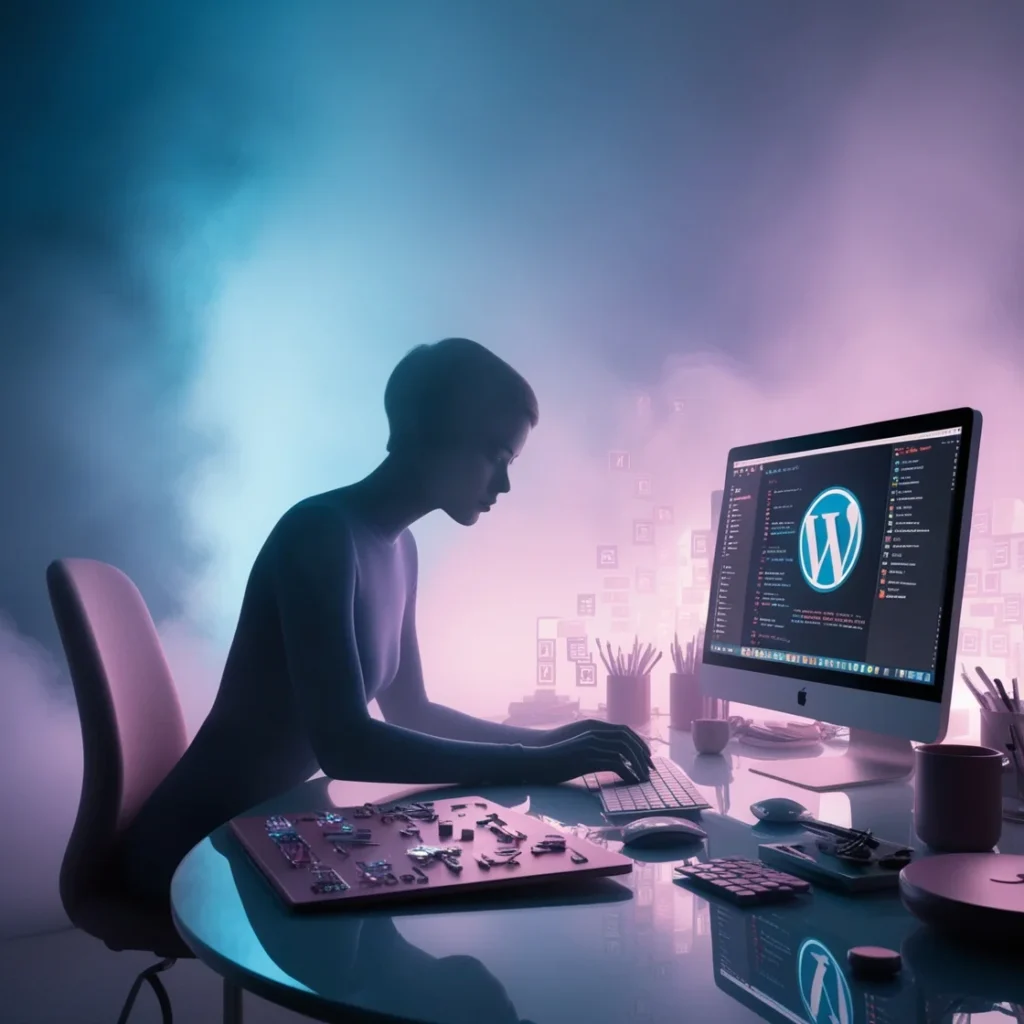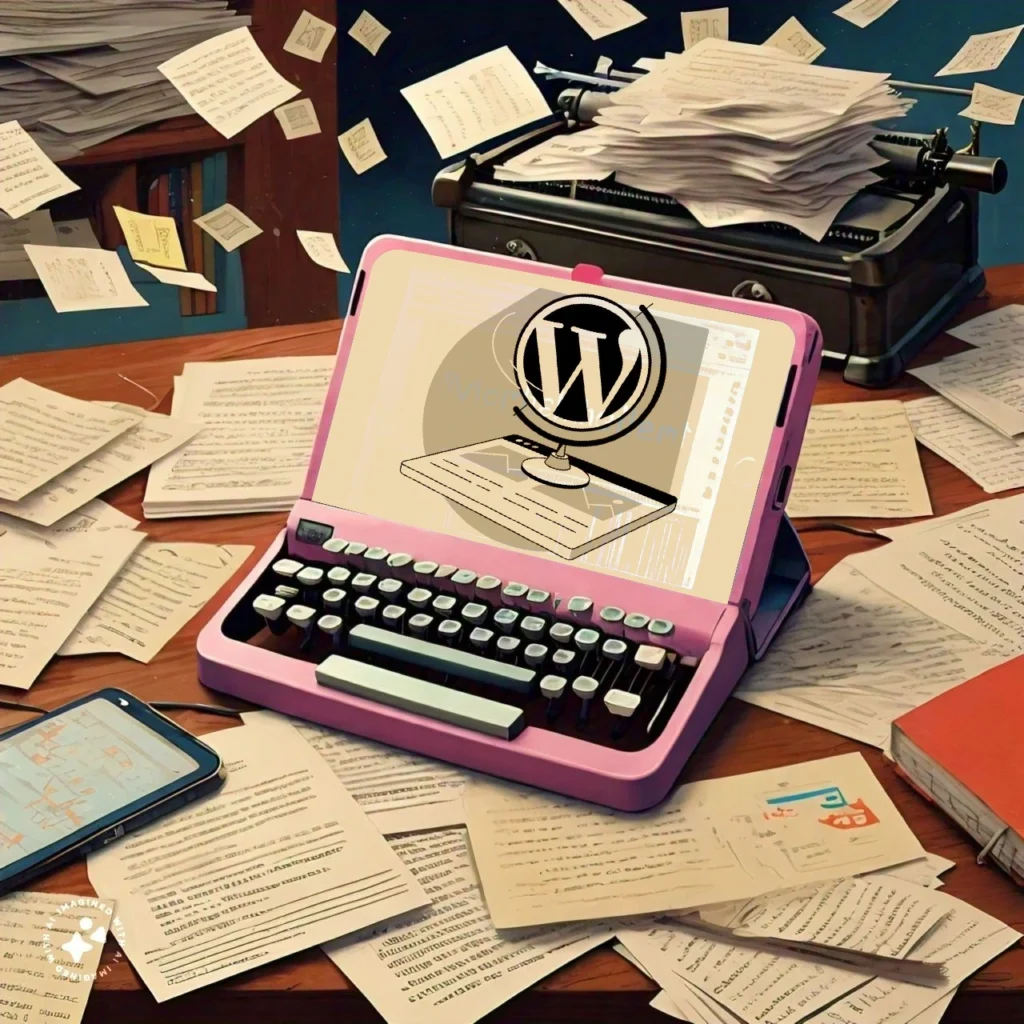Content Management in WordPress is quite easy and efficient since WordPress itself is a very powerful tool. In the previous article, we studied about some basic components of WordPress like profile settings, site health, themes, posts, pages, media library, etc. in a very summarized way. Here in this article of content management in WordPress, we’ll learn about some of these core components in detail. This way you can understand better about every component and gain better knowledge of managing your content.
Pages and Posts
Pages and posts are two basic types of content on WordPress. Both are quite vital and play a major role in WordPress.
Pages
Pages are meant for static, timeless content that doesn’t fit into the chronological order of posts. They are typically used for content that is less frequently updated, for example, to show the other properties of the site or to describe them through your Home Page, About Us section, etc. Major properties:
- Order of hierarchy: You can organize your pages in a sequential or chronological order as per your hierarchy demands. It is similar to the parent child format and is useful to create nested structures to display your content.
- No need of RSS feeds: There is no such need for RSS feeds since your pages won’t appear there.
- No need of Categories or Tags: The content on your pages can act as standalone content, therefore you need not create any category or tag for your pages.
- Templates: WordPress offers custom templates for your pages so you can have a more personalized design and layout of them.
Some of the pages that websites generally have are:
- Home: This is the front page of the website usually and tells an overview of your site in general.
- About: It talks about the main frame of the website features and describes the business of the website.
- Contact: If one wants to contact or get in touch with the people behind the website handling, they visit this page where they find the related information on the related purpose.
- Privacy Policy: It basically tells about the guidelines and policies regarding the privacy of the user or the site.
Posts
This is the dynamic and primary content that is usually there in your blogposts and articles. Posts are generally ordered in reverse chronological sequence. These have tags and categories as well. WordPress allows to create a post with all these functionalities that you can save as a draft and publish later. Some of the key features of Posts are:
- Tags and categories: Posts can have their respective and suitable tags and categories in WordPress. This makes it easier for the readers to find their related content.
- Reverse ordered: Posts are published in such a manner that the latest post that has been published will be displayed first.
- RSS feed: Unlike pages, RSS feeds doesn’t include posts.
- Comment section: Posts have a specific section for comments where readers can write their comments regarding that specific post.
Posts can be of several types, or we can say posts can be made in several uses like:
- Blogposts: Articles or blogs relating to a specific genre are created as posts and published after.
- News Updates: Regular and latest news updates are published in the form of posts as well.
- Events: You can also use Posts to update about the upcoming events and meetings.
Categories and Tags
We use categories and tags in WordPress to group the content that is similar. These are quite useful and important because not only they enhance the content management in WordPress, but they sort your content in a proper way, therefore enabling users to find easily what they want.
Categories
Categories are used to group your blogs into broader classes, in a hierarchal sequence. This is a very useful tool as it helps the navigate their interested blog easily. Some of the key features of Categories are:
- Hierarchy: You can create subcategories in categories as well, thus creating a nested structure.
- Compulsory: Every post that you create needs to have an inclusion in some category.
- Navigation: You can display categories in the sidebar, navbar or any other menu to display your classified content.
Tags
Tags are specific keywords or key phrases that act as a reference for your blog. These are like hashtags that talk about the core of your content and reflect with its aspects. Characteristics:
- Non hierarchal: Tags do not have any hierarchy as such.
- Non mandatory: Tags are completely optional and upto your choice and preference.
- Similar Content: Tags help interconnect similar posts, making it probable for visitors to find similar content.
Some of the major uses of Tags are:
- Labelling: Tags label and highlight your content in respect to its aspects.
- Related Posts: Similar posts can be displayed based on shared tags.
- Enhanced SEO: You can improve your SEO by using related keywords as tags in your posts.
Media Library
The place where we store images, documents, and other media is what we call as media library. Here you can save your required media and use it for your site whenever required.
Uploading Media
- Drag-and-Drop Method: You can drag files from your PC into the Media Library, or you can also use the “Add New” button to upload them.
- File Formats: There are a variety of file formats that WordPress supports like JPEG, PNG, GIF, MP4, and PDF.
- File Limit: There might be a file limit on your WordPress depending on your hosting provider, therefore you need to know that.
You can organize your media as well by adding certain attachments or descriptions to it. Moreover, you can classify them using filters, add descriptions, alt tags, captions, etc. and attach them to certain pages. You can therefore use your media in your posts, as featured images, attached audio or video files, documents, etc. or using the block editor. You can also create a gallery of similar usage media in a grid format as per your needs.
Block Editor
It is a new concept that introduces blocks as the basic units of a blogpost. It is like the post will have different blocks that you can create and edit individually. These blocks can have headings, paragraphs, lists, quote and many more things.
Advantages of Block Editor
- Visual Editing process: Provides a visual editing experience, allowing you to see how content will appear on the front end as you create it.
- Modularity: You can edit each block individually, therefore making it easier to manage complicated structures.
- Reusability: Create reusable blocks for content that you use frequently, such as call-to-action sections or author bios.
Some of the common blocks used are paragraph, heading, list, image, gallery, quote, video, buttons and table.
Using the Block Editor
- Adding Blocks: Click on the “+” button that appears before and after every text to add new blocks to your content.
- Moving Blocks: Drag and drop blocks to rearrange them within your page or post content.
- Block Settings: Each block has its own settings panel, that you can access from the toolbar or the sidebar, where you can customize its appearance and behavior.
Conclusion
These were some basic aspects of that play a vital role in content management in WordPress on your site. The basic differences between pages and posts, tags and categories, usage of media library are some of the things that you need to understand with clarity in order to make a proper content without any hurdle. These tools can greatly enhance your ability to create, organize, and publish content effectively. By mastering these tools, you can optimize your website for a much better user engagement, have an improved SEO, and a more efficient workflow. Whether you’re a blogger, a business owner, or a content creator, these insights will help you make the most of your WordPress experience.


